How to connect a soundbar to your TV - the easy, step-by-step guide
Knowing how to connect a soundbar to your TV means you can have movie theater quality audio at home in no time
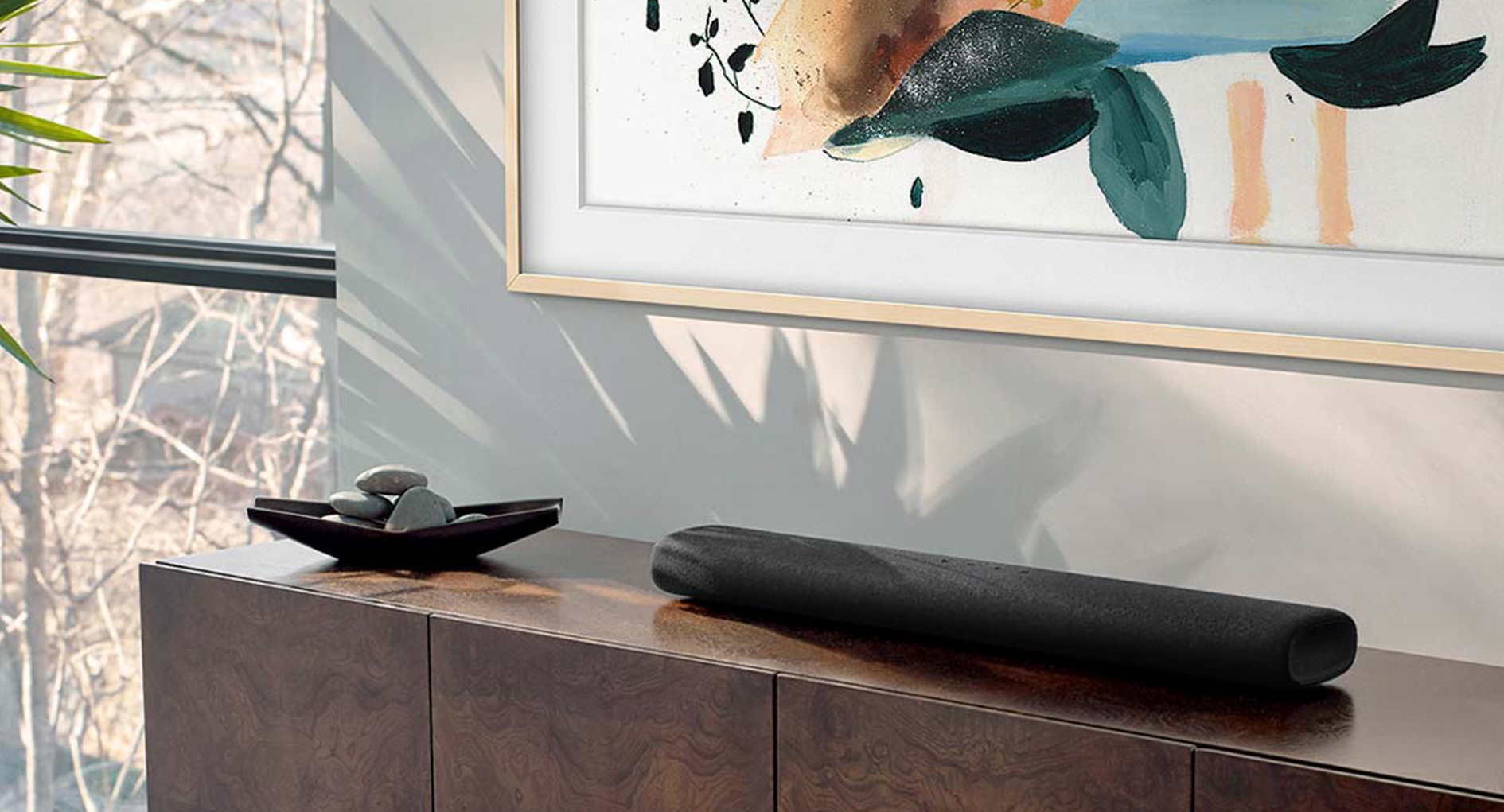
Once you know how to connect a soundbar to your TV, you can enjoy excellent sound quality when watching movies, shows, and listening to music. As no matter how good your TV is, there is always more that can be done to improve your listening experience. That's why adding a soundbar to your living room is an important consideration, especially if you're aiming for maximum escapism when watching tele.
'Whilst TV sound quality has improved over the years, the reality is that TV screens are getting thinner in design so there is less space to include powerful speakers,’ says Katrina Mills, Lead Buyer TV & AV at John Lewis & Partners. ‘Most TVs will produce good sound for every day viewing, but if you want to create a more immersive experience, a soundbar is a must.'
Of course, owning one of the best soundbars isn't quite enough, and being able to connect it is the final piece of the puzzle. And here we've included advice on what to expect when choosing a soundbar for your living room.
How to connect a soundbar to your TV
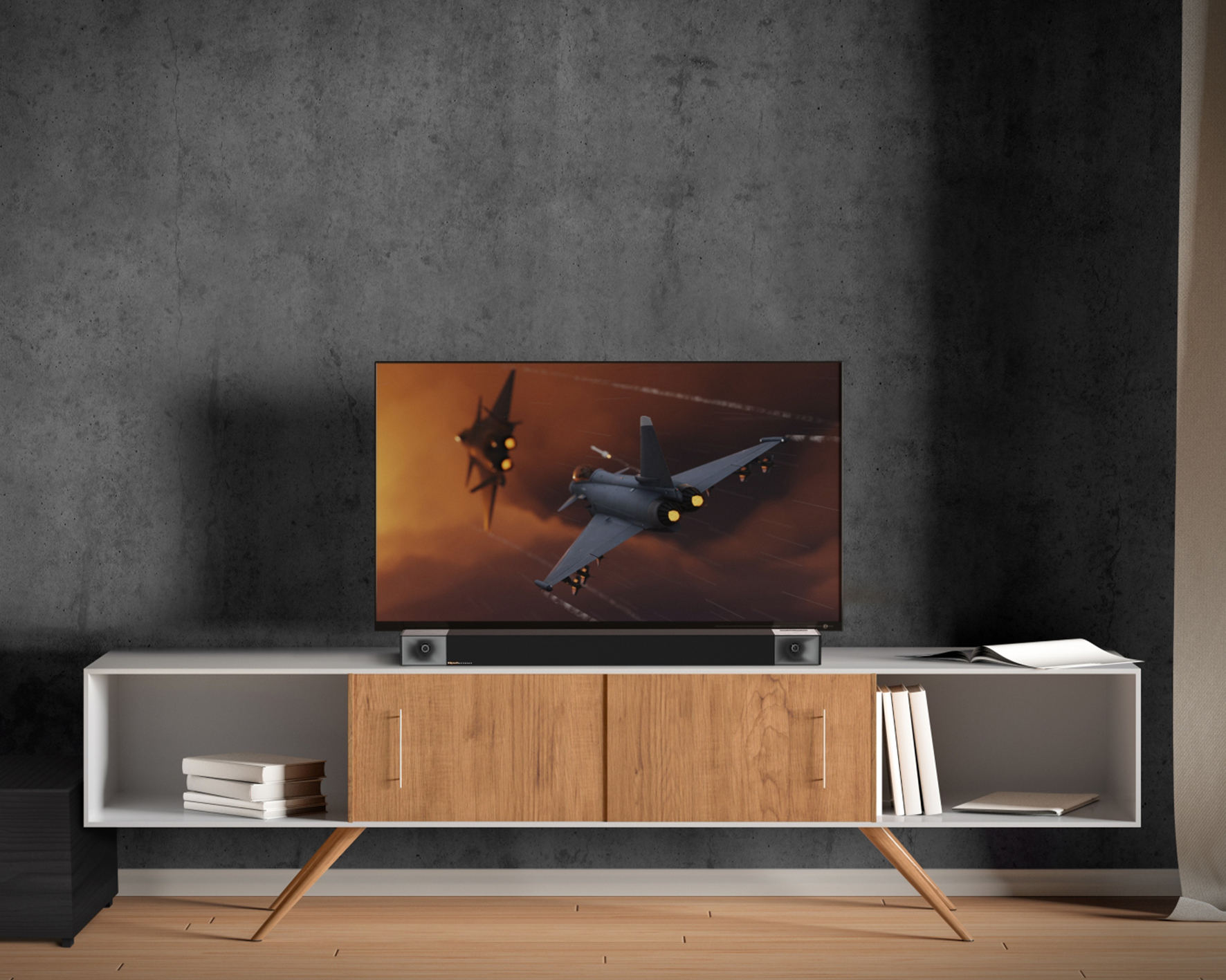
1. Connect your soundbar via HDMI
There are a number of ways to connect your soundbar to your TV. HDMI is one of the best as HDMI cables transmit sound digitally to provide exceptional sound.
'Most soundbars, and most of the best TV brands from the last ten years or so, have Audio Return Channel (ARC),' explains Owen Maddock of Cinemaworks. 'This is the easiest because the audio passes back down the HDMI cable and anything connected to the TV can be played back at high quality.'
'More recently, Extended Audio Return Channel or e-ARC - adds higher resolution audio and Dolby Atmos support - but it needs to be there in both the TV and the soundbar,' Owen adds. 'This has been around for about two years. Either way, you need to connect to the HDMI port marked ‘ARC’ or ‘eARC’ and make sure it’s enabled in the TV menu. As a bonus, it’ll disable the TV sound for you, and your TV remote will now work the soundbar volume.'
2. Use an optical cable
Using an optical cable is a reliable way to connect your soundbar to your TV and works particularly well with older equipment.
'Similarly to HDMI, it gives you great audio detail when listening,' continues Owen Maddock. 'You can connect your devices such as your games console, Blu-ray player, etc, and have the sound output from the TV link to the soundbar.
‘One drawback is it doesn’t by default disable the TV sound, so you may get both together, which will sound strange, and you may have to use a separate remote or ‘learn’ the remote command into the soundbar. The other drawback is that optical cables are very easy to break, so take lots of care if you’re wall-mounting.’
3. Connect via Bluetooth
Straightforward and easy to pair, this can be a good option. It's a good option if you've thought about how to mount a soundbar on a wall as it means you won't have unsightly wires to worry about.
'This is easy to do and fine if it connects easily and works,' adds Owen Maddock. 'It may not be as good audio quality as the two above ways, however, and may suffer with timing problems so that the picture and sound are slightly out of sync - this can be a problem, especially with speech.'
4. AUX cable (or similar)
'This is only if you must!' says Owen Maddock. 'Most TVs only have a headphone jack output, rather than a fixed-level analog output, so if you get the balance wrong you might get a distorted sound (e.g. TV level is too low and soundbar level is up too high). Any of the digital methods above will avoid this problem.'
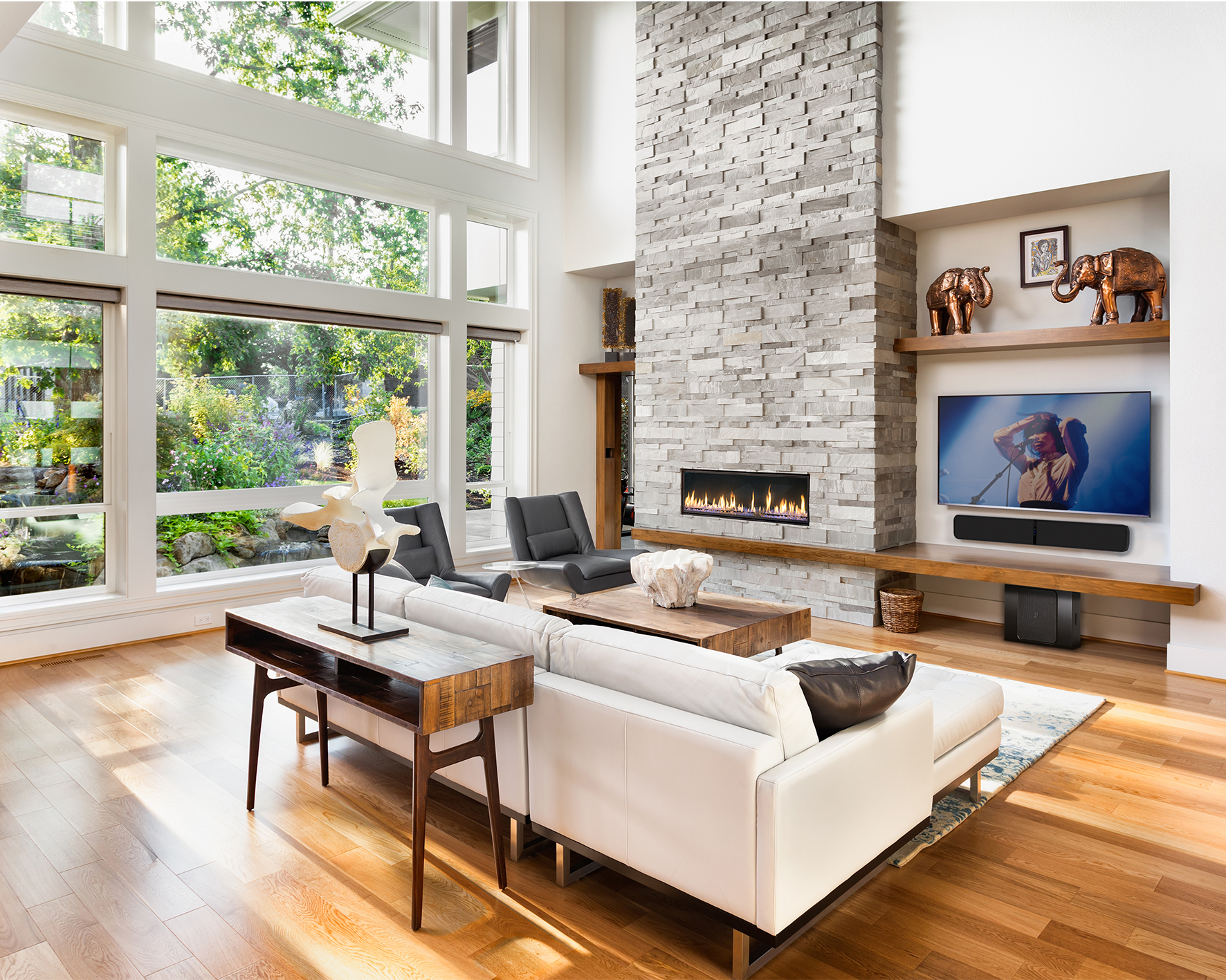
5. Check if your soundbar is compatible with your TV
Before you start considering soundbar mounting ideas, it’s important to check the compatibility with your TV.
‘Many manufacturers create their soundbars to be the "perfect partner" to the TV, fully optimizing the sound and picture experience,’ says Katrina Mills, Lead Buyer TV & AV at John Lewis & Partners. ‘You will need to check that the soundbar you buy is compatible with your TV brand and make first. As a bonus, a soundbar can also be used to play music when you aren't watching TV.'
6. Active or passive soundbar - which is better?
A soundbar is a dedicated chassis housing speakers inside that does best to improve the sound when it sits below your TV at head height.
Soundbars come in two different types – 'active' or 'passive' versions.
'‘Active’ soundbars include an amplifier and are powered by mains and usually forms part of a modular multi-room audio system,' says Mike Ranpura of Smart Life AV. 'It will connect via HDMI, Optical or Bluetooth. Popular brands include Sonos, Denon Home, and Bluesound.
‘Passive soundbars are speakers that require power from an AV Receiver and are used as part of a full surround-sound system. They will usually have terminals for speaker connections on the back i.e. binding posts or spring clips. While they are generally more expensive to buy and install, they are dedicated to delivering great sound and true high-definition audio.'
'Anyone who wants good-quality audio will have a surround-sound system installed. There are hundreds of passive soundbar options offering higher quality audio and more aesthetically pleasing options. There are also a wide range of active soundbars that are straightforward to install.'
'All modern TVs have Optical and HDMI ports to easily connect a soundbar. If audio doesn’t automatically play, you go into the TV settings under sound and select external speaker instead of TV speakers.'
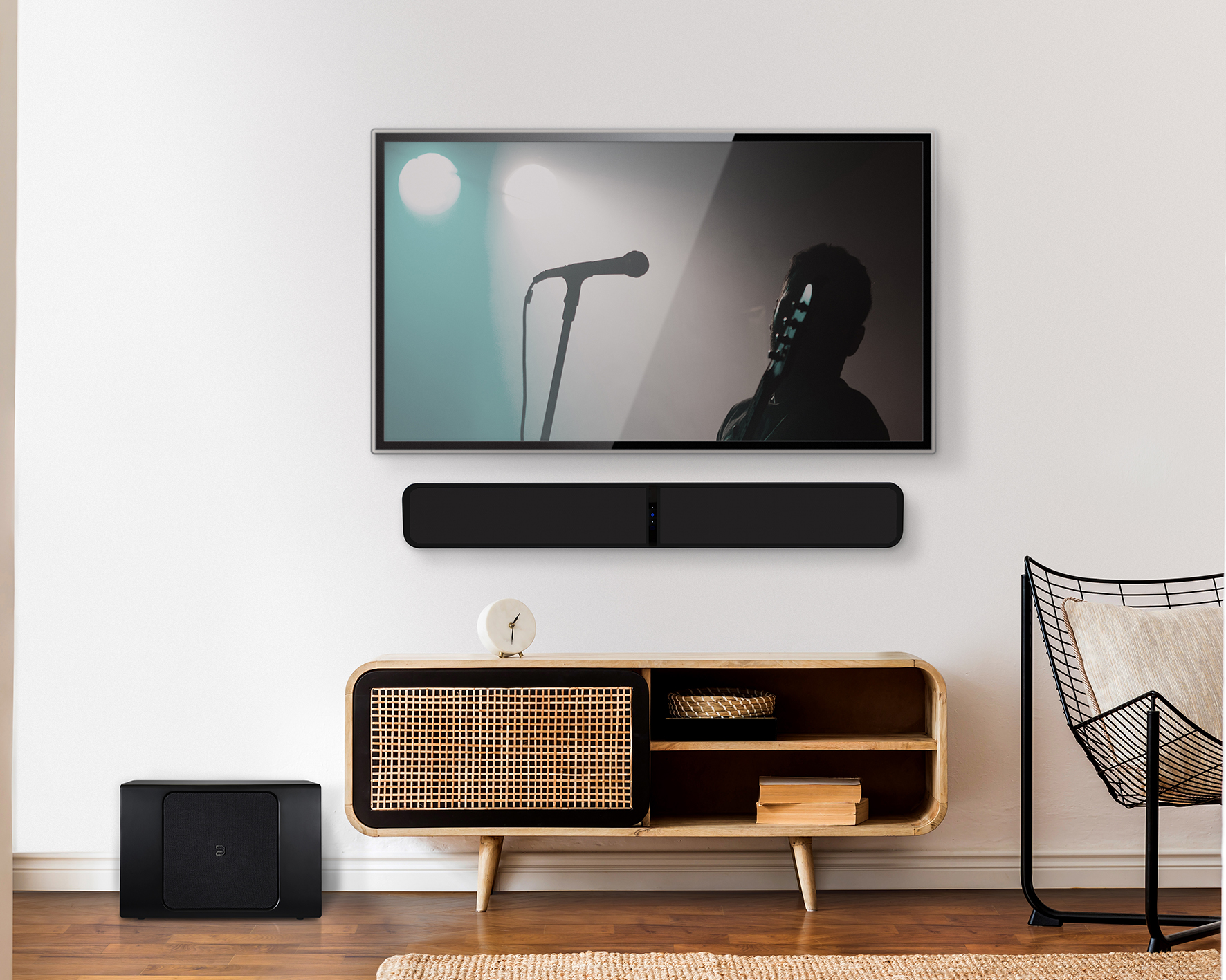
Where should I position a soundbar?
'When positioning your soundbar, you will need to make sure that the forward-firing speakers are pointing at head height to get the best sound,' says Mike Ranpura of Smart Life AV. ‘Soundbars vary in size and length to suit different TV sizes and rooms. You may add a subwoofer, which sits on the floor to enhance the bass response of your system.'
1. If your soundbar supports Dolby Atmos it will include speakers that fire upwards and bounce off the ceiling, so follow the setup instructions to get the best from this.
2. Keep it centered below your TV so that the sound fires evenly around the room.
3. If you mount the soundbar on the wall just below the TV, avoid any direct obstructions such as a TV cabinet that can block the sound.
4. Ensure you have the correct mounting brackets, which tend to come in the box as part of the kit.
5. You can also mount your soundbar via a bracket that attaches to the TV, but you will most likely have to buy this separately as brackets like these do not tend to come with the soundbar as standard.
6. You can alternatively place your soundbar below your TV on a piece of furniture or media unit. As long as it is at head height, the sound should do well to reach the listener effectively.
- Find out more about how the best subwoofers can boost your home audio system's bass.
Should I choose a soundbar or surround sound system?
When it comes to all things TVs, you can choose between a soundbar or surround sound system. While both have their merits, it’s often a soundbar that is the easiest option for mounting under the TV and the simplest gadget to connect to your TV.
‘Soundbars are incredibly compact, have few wires and offer a crisp sound quality,’ says Katrina Mills, Lead Buyer TV & AV at John Lewis & Partners. ‘A surround sound system creates a truly cinematic experience in your home, but they do require a little more set up and space for speakers around the room.’
Be The First To Know
The Livingetc newsletters are your inside source for what’s shaping interiors now - and what’s next. Discover trend forecasts, smart style ideas, and curated shopping inspiration that brings design to life. Subscribe today and stay ahead of the curve.
One of the UK's most respected tech and smart homes writers, Emily Peck also covers everything from interiors style to decorating trends. She is a contributor to Wired UK, and has also had a column in House Beautiful. She has written for publications such as Grand Designs, Stylist, Shortlist, Woman&Home, BBC, Ideal Home and House & Garden. She was once the Features Editor of Ideal Home.
-
 Turns Out the Coolest New Café is Actually In Your Kitchen — Here's How to Steal the Style of TikTok's Latest Trend
Turns Out the Coolest New Café is Actually In Your Kitchen — Here's How to Steal the Style of TikTok's Latest TrendGoodbye, over-priced lattes. Hello, home-brewed coffee with friends. TikTok's 'Home Cafe' trend brings stylish cafe culture into the comfort of your own home
By Devin Toolen Published
-
 5 Bathroom Layouts That Look Dated in 2025 — Plus the Alternatives Designers Use Instead for a More Contemporary Space
5 Bathroom Layouts That Look Dated in 2025 — Plus the Alternatives Designers Use Instead for a More Contemporary SpaceFor a bathroom that feels in line with the times, avoid these layouts and be more intentional with the placement and positioning of your features and fixtures
By Lilith Hudson Published
-
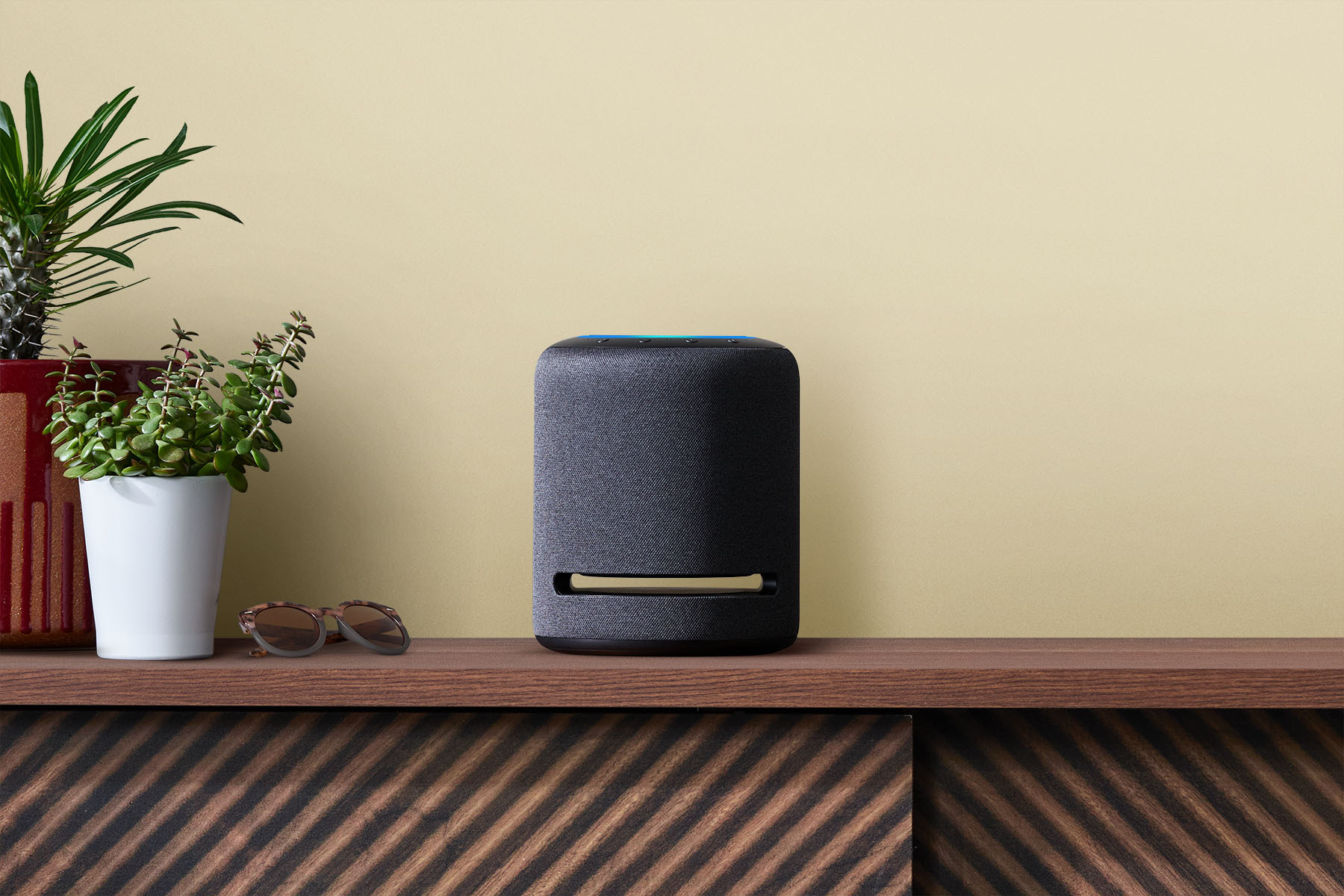 Here are All the Ways Your Alexa Device Can Help With Your Houseplant Care
Here are All the Ways Your Alexa Device Can Help With Your Houseplant CareThanks to some clever new features, your Alexa smart speaker can now offer a bespoke botany service to keep your indoor garden looking its best
By Lilith Hudson Last updated
-
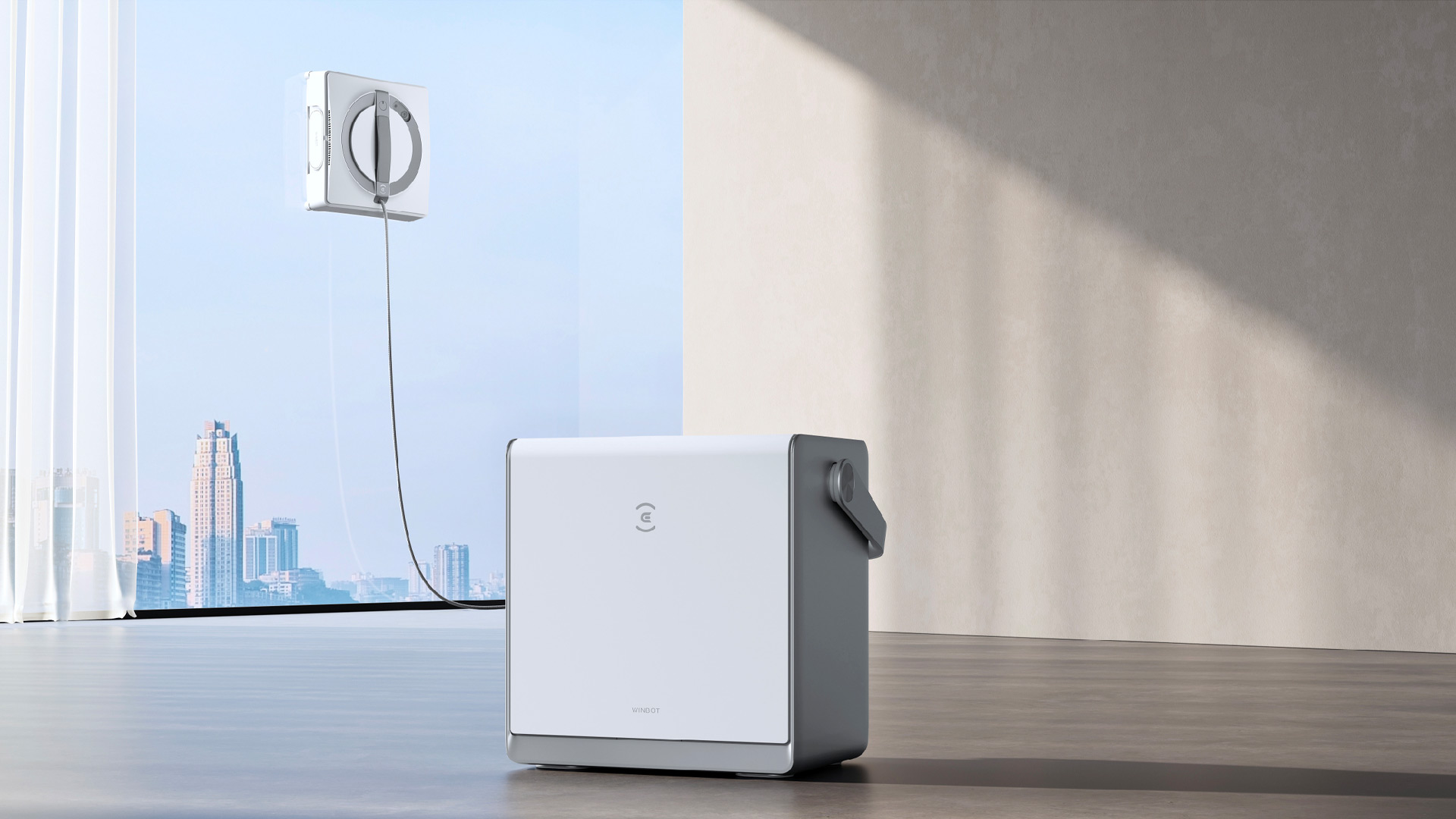 "Window Cleaning Robots" Are Now More Affordable, but Are They Worth It? Our Tech Expert's Verdict
"Window Cleaning Robots" Are Now More Affordable, but Are They Worth It? Our Tech Expert's VerdictYes, robots can semi-automate one of the most tedious household chores around, but there are drawbacks.
By Alan Martin Published
-
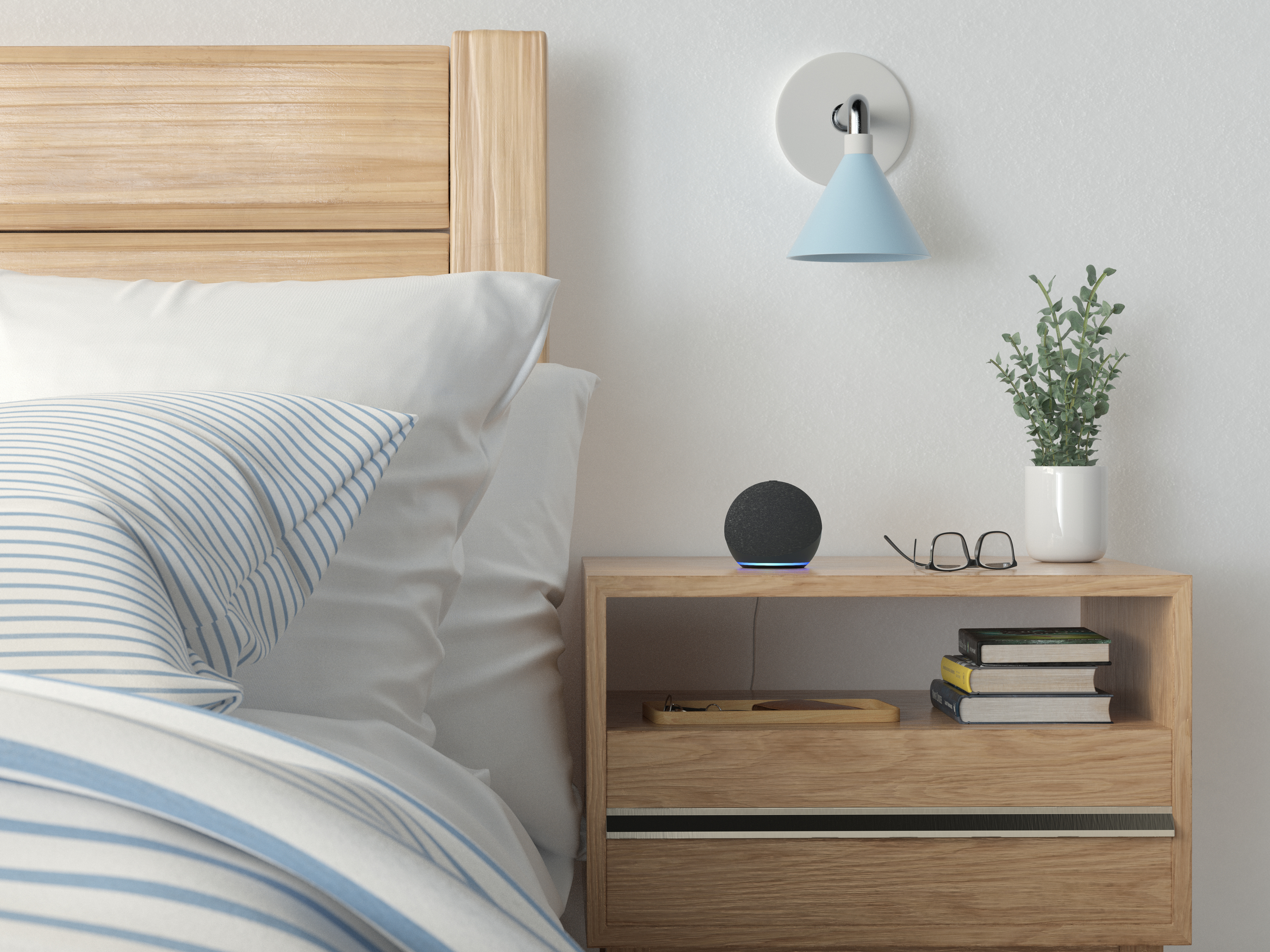 5 Clever Ways you can use Your Amazon Alexa Devices to Help you Sleep Better — 'They Revolutionize Your Night Time Routine!'
5 Clever Ways you can use Your Amazon Alexa Devices to Help you Sleep Better — 'They Revolutionize Your Night Time Routine!'If you don't have an Amazon Echo device in your bedroom yet, you'll definitely want to after learning about these genius functions
By Lilith Hudson Published
-
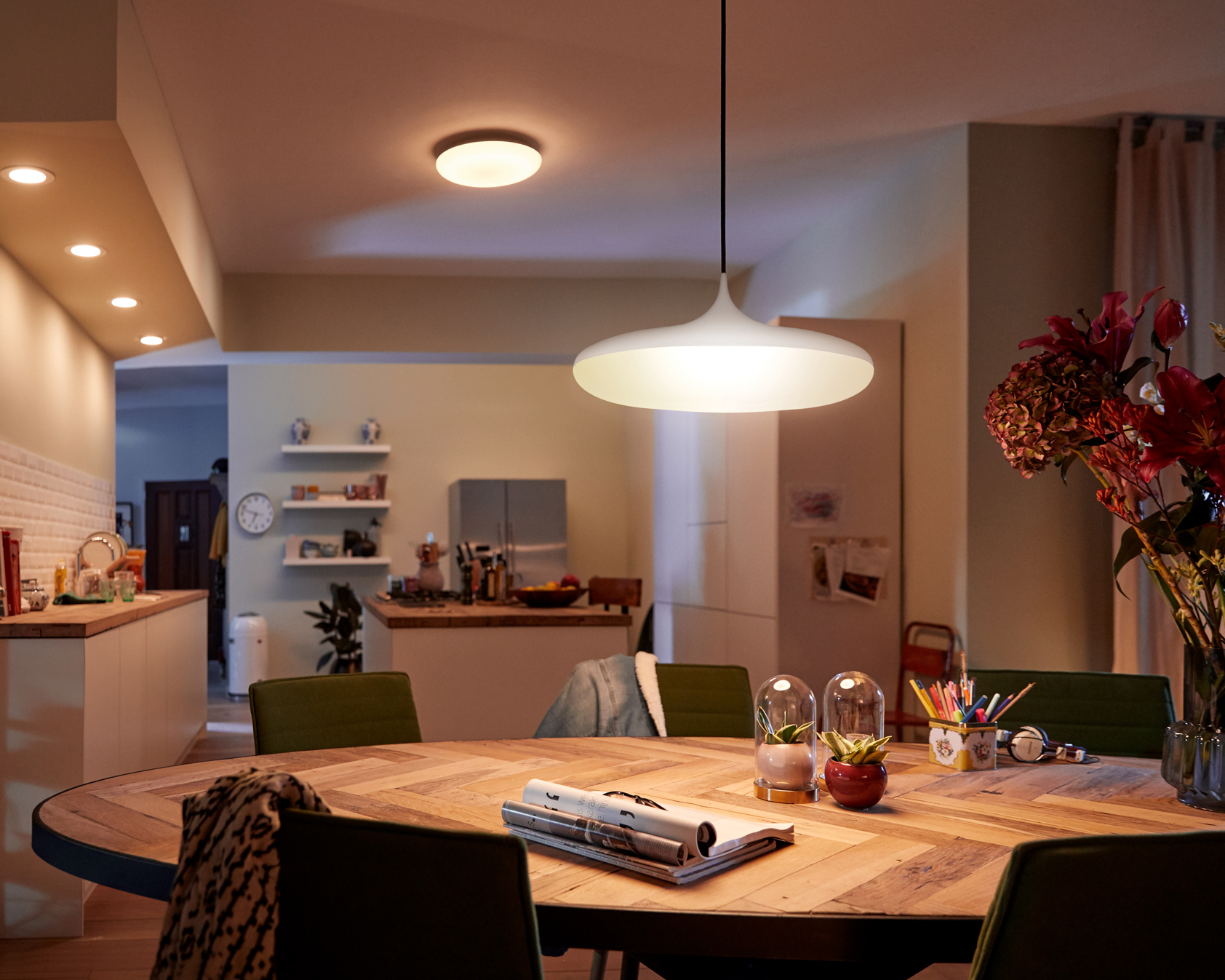 6 Resolutions to Make Your Smart Home Better in 2024 — This is How to Get More From Your Tech
6 Resolutions to Make Your Smart Home Better in 2024 — This is How to Get More From Your TechMake your smart home work better for you in the new year with these tips to get things firing on all cylinders
By Alan Martin Published
-
 How to Stop Alexa Suggestions - It's so Easy to Turn Off Unwanted Advice From Your Smart Speaker
How to Stop Alexa Suggestions - It's so Easy to Turn Off Unwanted Advice From Your Smart SpeakerCut down on your Amazon Echo’s follow-up spam with this foolproof method.
By Alan Martin Published
-
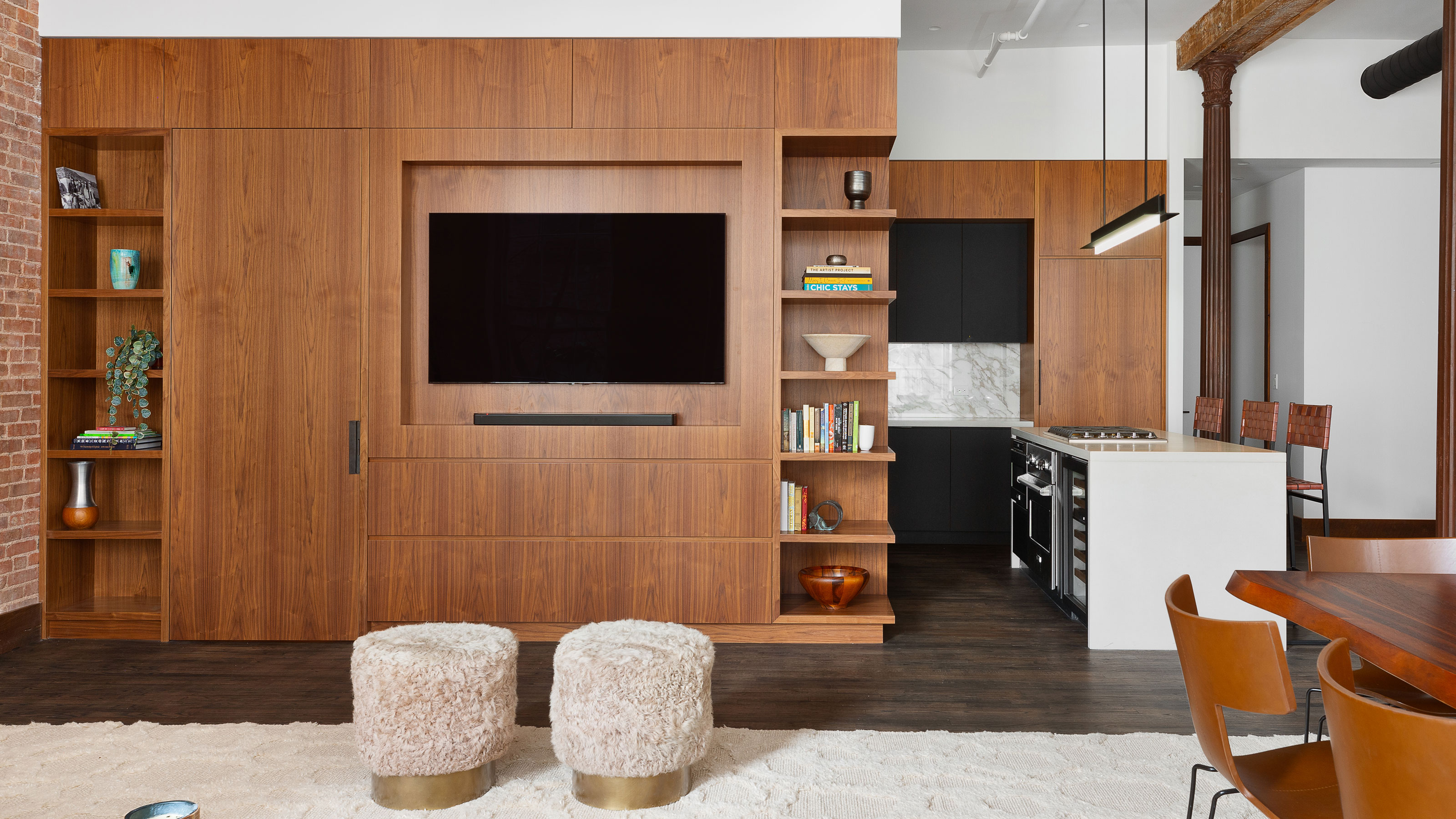 I lost my TV remote – how can I control my TV now?
I lost my TV remote – how can I control my TV now?There are plenty of options for people whose TV remotes have been lost or simply stopped working
By Alan Martin Published
-
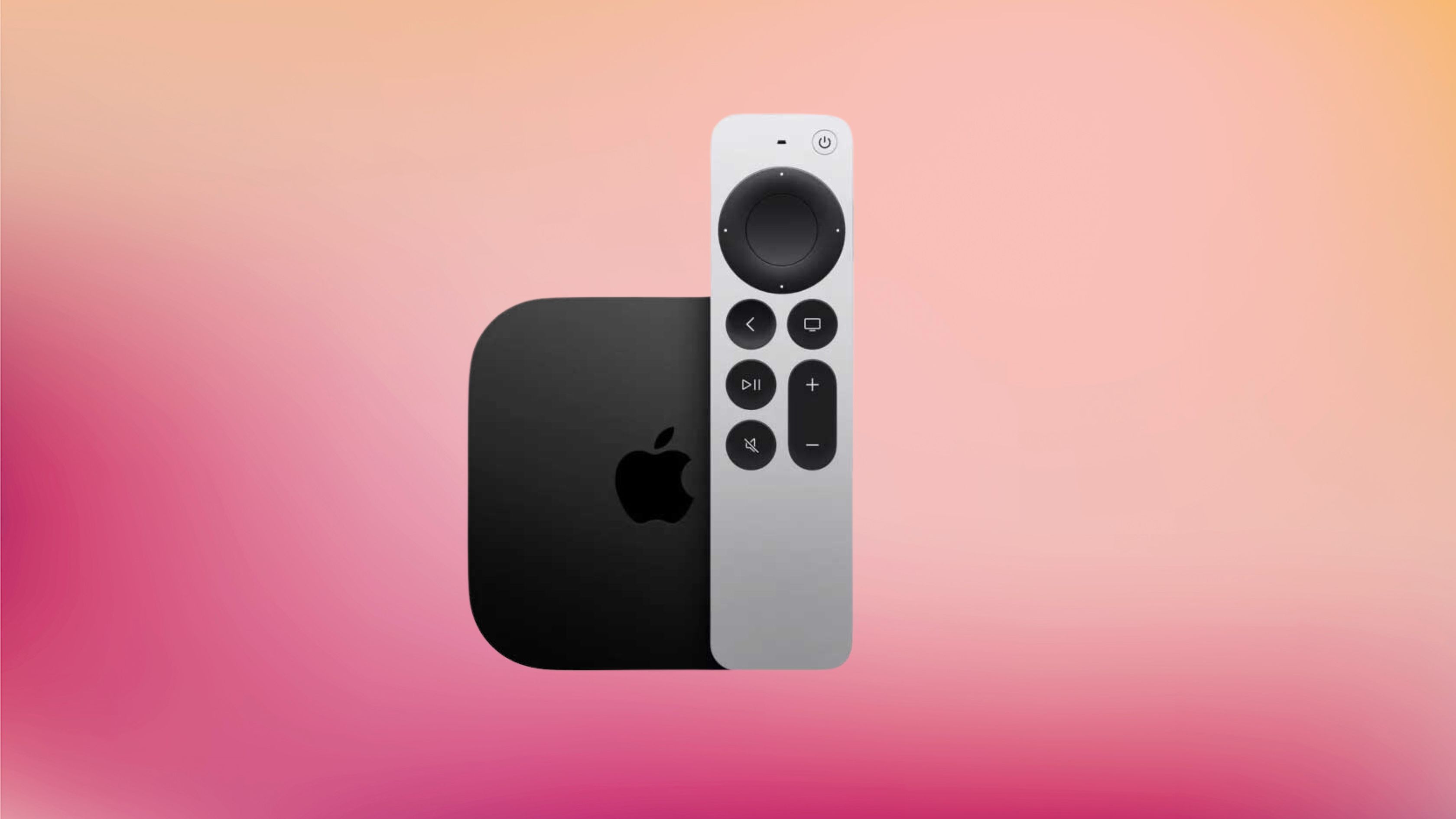 How to add Apple TV as a HomeKit home hub - and why it's a good idea for your smart home
How to add Apple TV as a HomeKit home hub - and why it's a good idea for your smart homeYour Apple TV box can be the center of your smart home. Here’s how to set it up as your HomeKit home hub
By Alan Martin Published
-
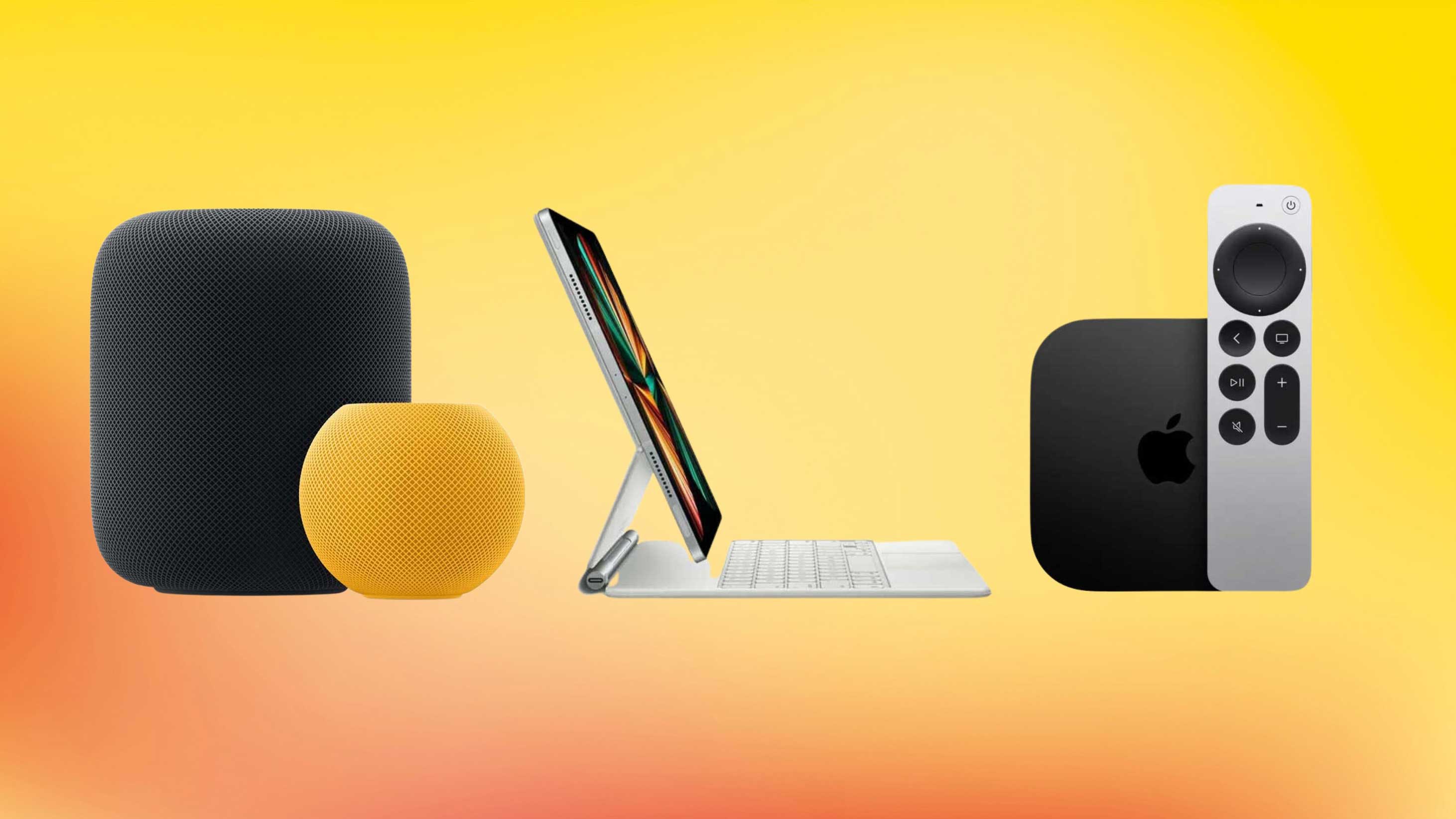 What are the options for an Apple HomeKit home hub? An expert's verdict on which is best
What are the options for an Apple HomeKit home hub? An expert's verdict on which is bestIf you want to set up an Apple HomeKit home hub, you have three options — but one has a big drawback
By Alan Martin Published